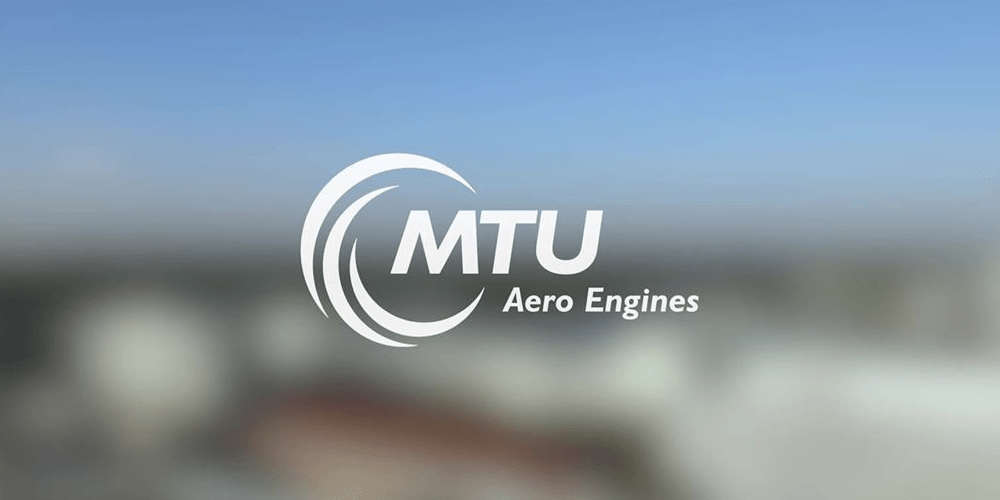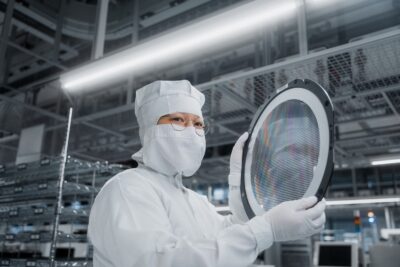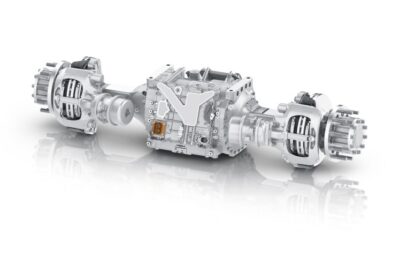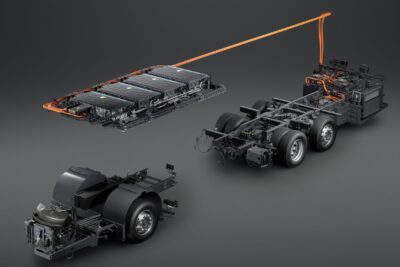MTU & EASA look to establish FCEV aircraft standards
The German engine manufacturer MTU Aero Engines is committed to creating new standards, certification regulations and verification procedures for fuel cell systems in aviation. To this end, MTU is now working closely with the European Union Aviation Safety Agency (EASA).
To this end, both sides have entered into an innovation partnership. Together they are investigating “possible ways for the future certification of a flying fuel cell”. This is the name MTU has given to a new type of propulsion concept that the company has been developing and validating together with the German Aerospace Center (DLR) since last year. A Dornier 228 serves as the technology platform and flight demonstrator, which is to be equipped and tested with a hydrogen-powered fuel cell and a single-sided electric propeller drive in the coming years.
“When it comes to the approval of a flying fuel cell, all parties involved are entering uncharted territory,” expresses MTU quality manager Thomas Frank, “which is why we are seeking dialog with the certification bodies at such an early stage.” Frank does not elaborate on the time horizon the company expects for the validation and certification of its fuel cell engine.
EASA chief engineer Alain Leroy credits MTU with being one of the first companies to work with EASA in this area. “Our learnings from this innovation partnership will enable us to efficiently support the safe introduction of these disruptive technologies in the aviation world, with their expected benefits for the environment.”
Incidentally, MTU initiated the joint development work with DLR in August 2020 – based on a memorandum of understanding signed at the time. The aim of the joint technology project was to develop a complete powertrain suitable for aviation and its cooling, it was said at the time. At that time, the partners predicted that the first flight of the Do228 demonstrator would take place in 2026 at the earliest. Up to 80 experts are to be involved in the project.
“As things stand today, fuel cells utilising sustainably produced hydrogen offer the greatest long-term potential for realising emissions-free aviation. We believe that they could offer sufficient performance and range for regional, short- and medium-haul aircraft,” MTU announced at the signing of the contract last year.
Meanwhile, the company is also involved in collaborative projects for the electrification of aviation. Together with DLR spin-off H2FLY, among others, MTU is involved, for example, in the EnaBle research network, which is pushing the further development and optimisation of a hybrid propulsion system for aviation that combines fuel cells and battery systems.





0 Comments